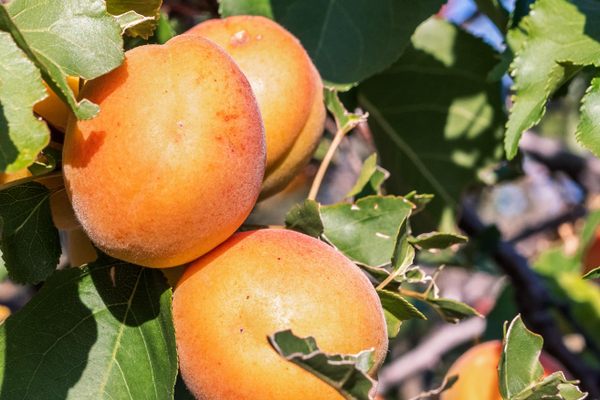Prepared Foods
Hangtown Fry
This bacon-and-oyster omelet was a status symbol during the California Gold Rush.
Some famous dishes have a clear, known origin—take the Waldorf Salad, which has a creator (Oscar Tschirky) and a birthdate (March 14, 1893). But others have competing origin stories that border on legend, like the Hangtown Fry, the West Coast’s distinctive bacon-oyster-egg mashup.
One story goes that one day a Gold Rush prospector in the central Californian town of Hangtown (so named on account of three outlaws who spent their last moments swinging from an oak tree on Main Street) stormed into the El Dorado Hotel. He had an empty stomach and a pouch heavy with gold, so he asked for the most expensive meal they could make. When a cook combined eggs (expensive due to their tendency to break in transit) with oysters (packed on ice and carted more than 100 miles from San Francisco) and bacon (a staple of prospector diets), the Hangtown Fry was born.
An alternate origin story associates it with the last meal of a condemned man, who asked for oysters because they would take a long time to arrive, thereby granting him a brief stay of execution. It’s just as possible that the Hangtown Fry was invented in any number of Gold Rush–era kitchens, such as the Parker’s Bank Exchange, a saloon in San Francisco. Today the dish is served all over the West Coast, but seems to maintain the lucky-strike ethos of the Gold Rush years.
The dish offers an interesting contrast, with the salt and chewiness of the bacon playing off the brine and silkiness of the oysters—a spin on the basic pleasures of surf-and-turf. A number of chefs have created modern versions of the classic, and it’s considered a local specialty from Sacramento to Placerville—as Hangtown is now known.















